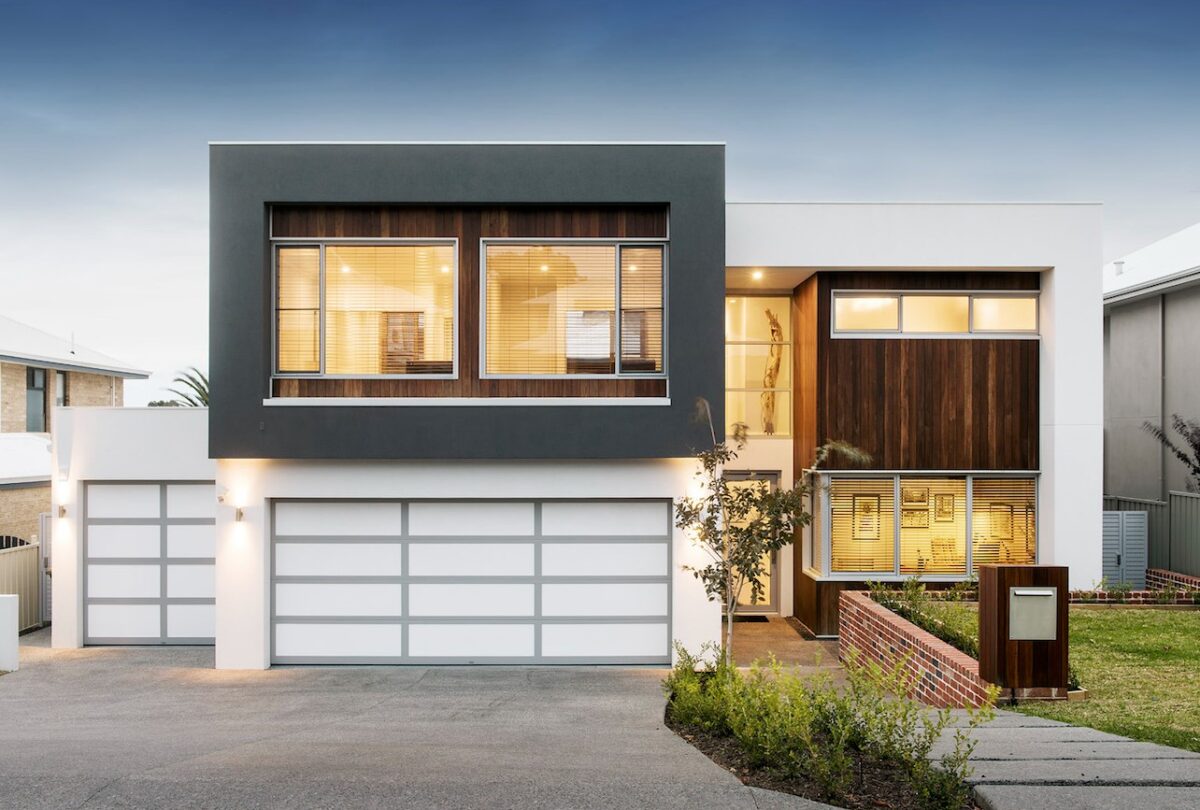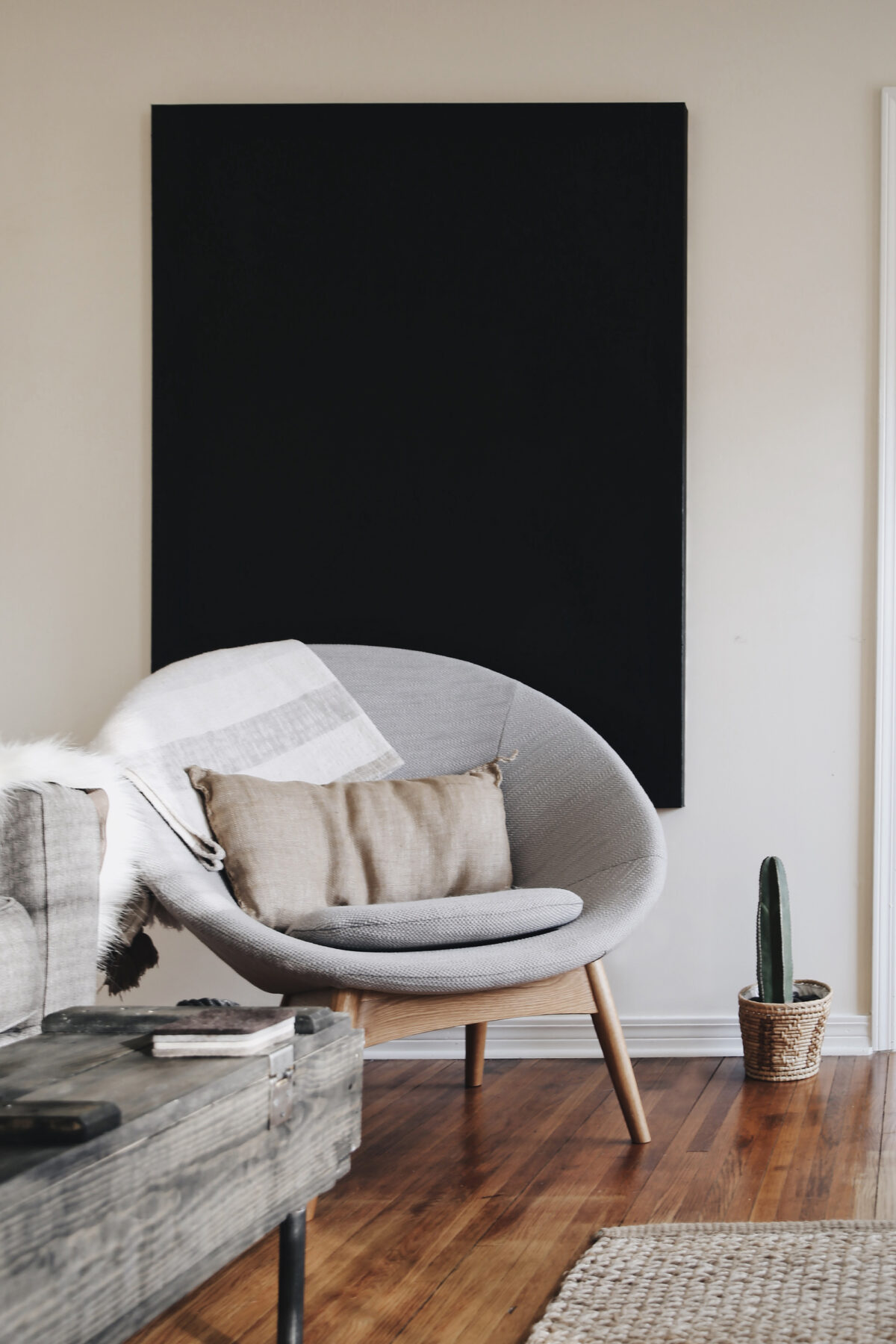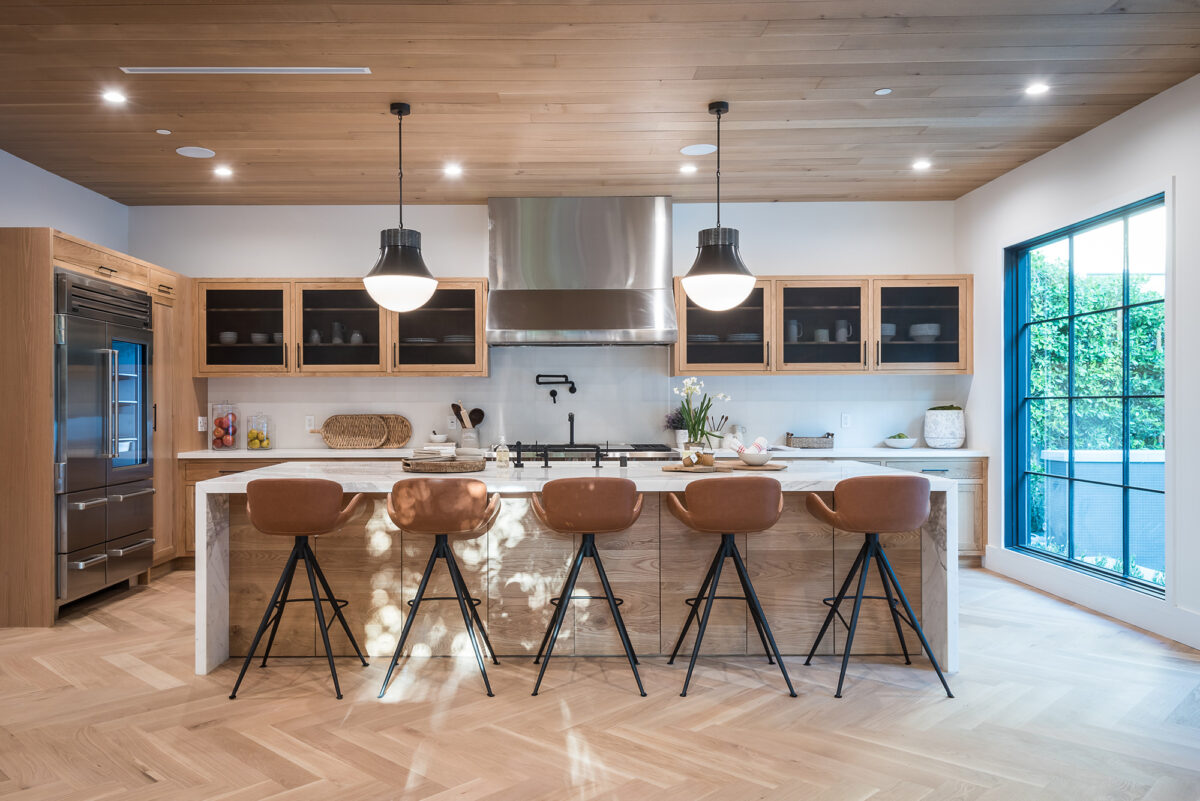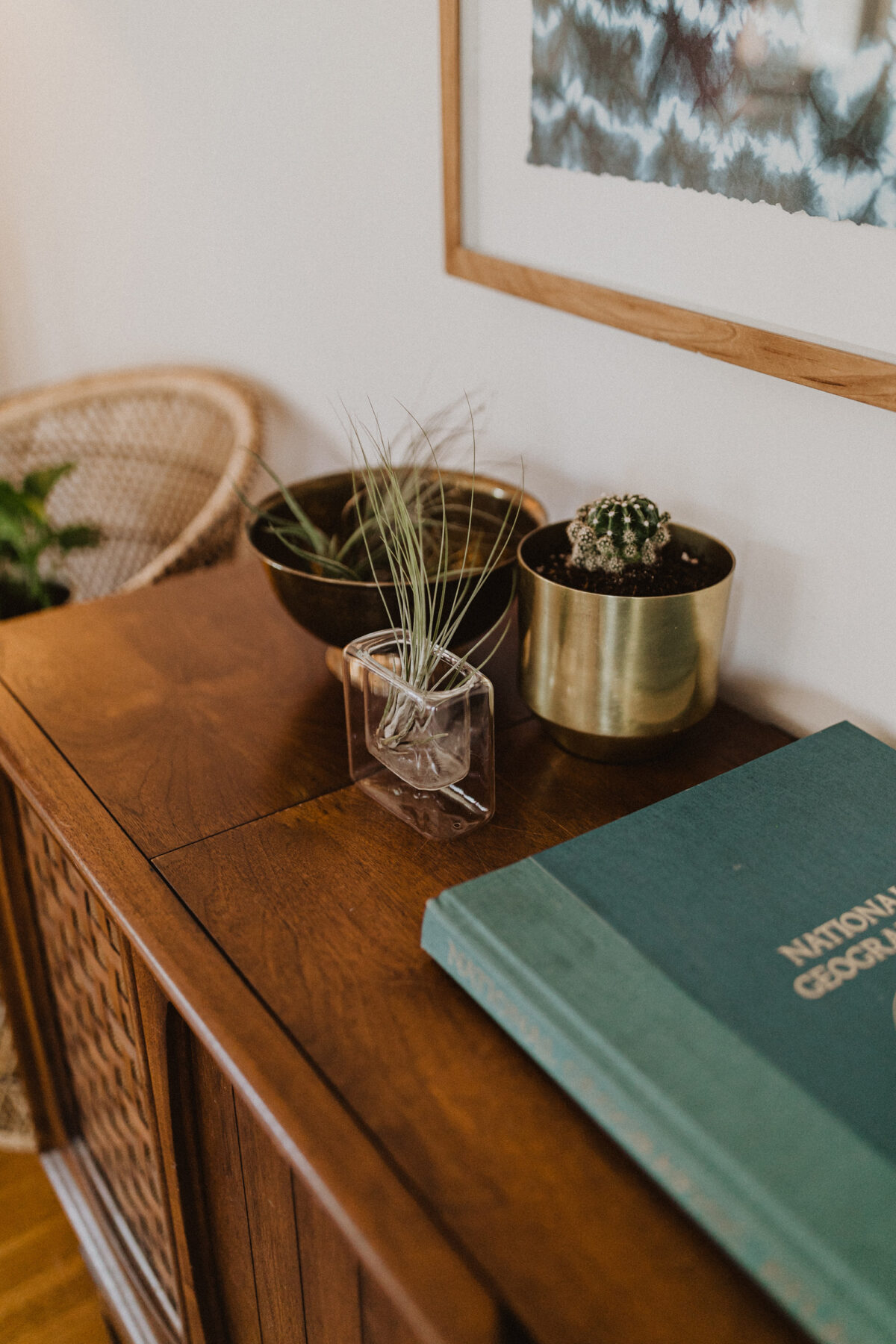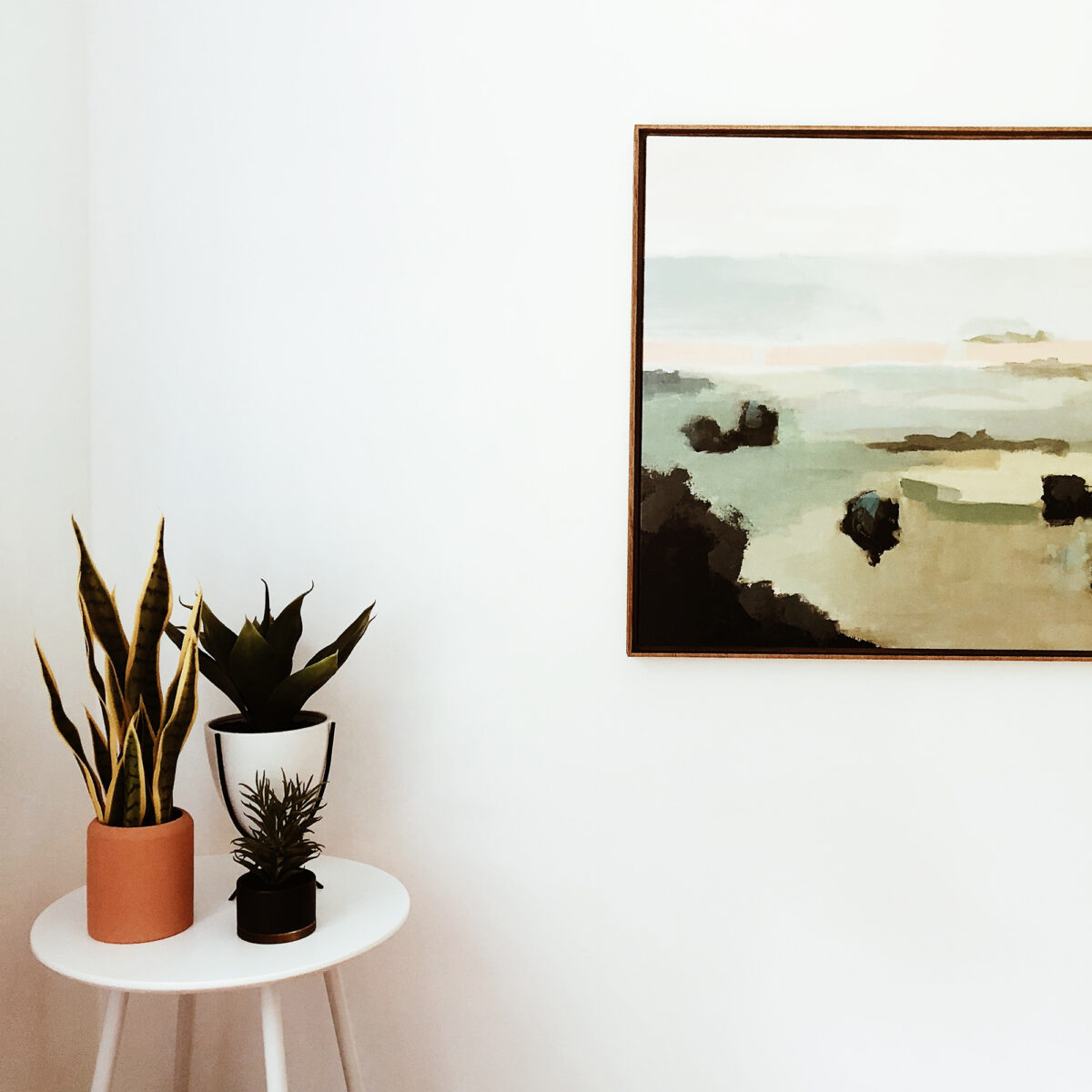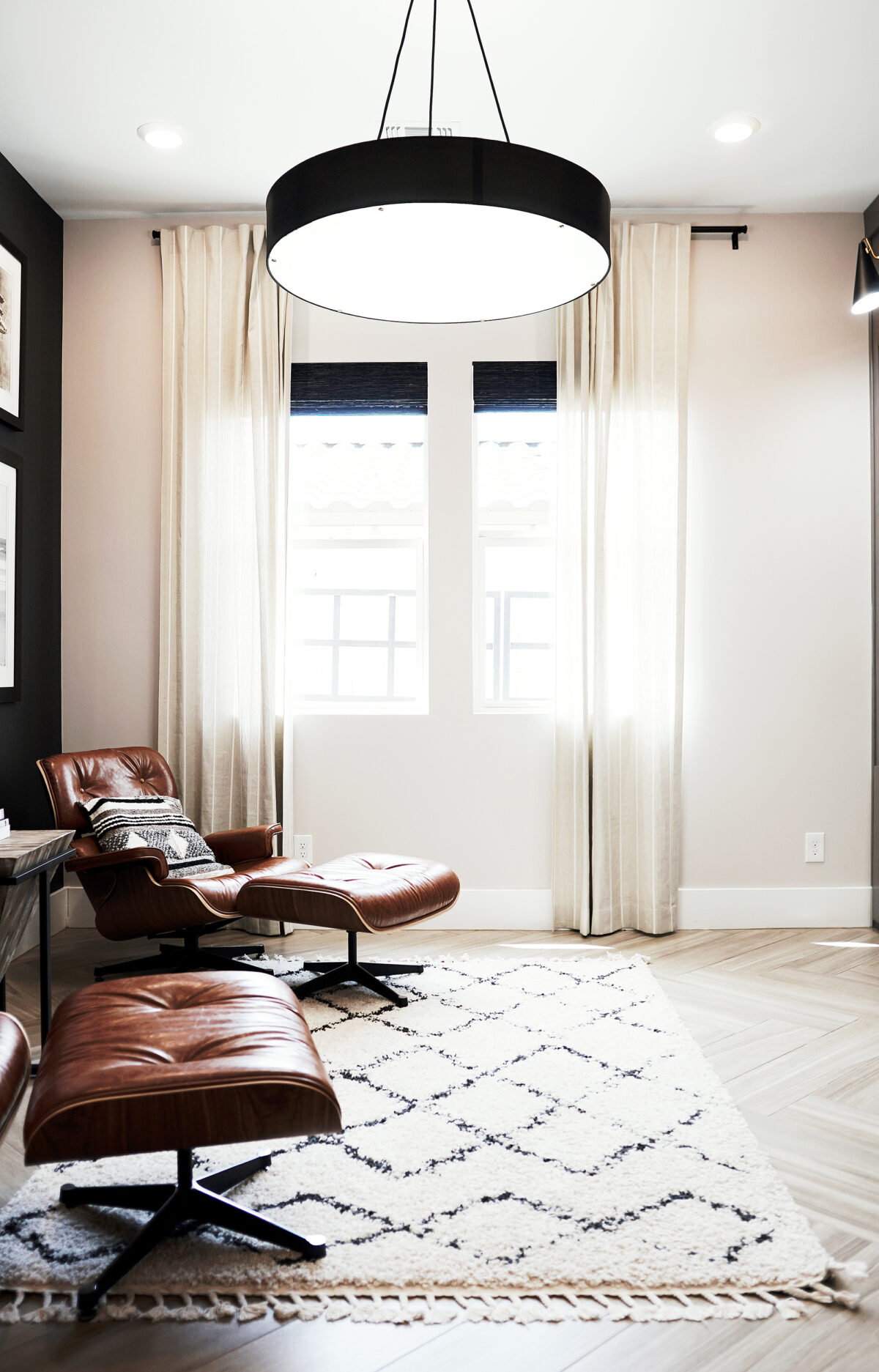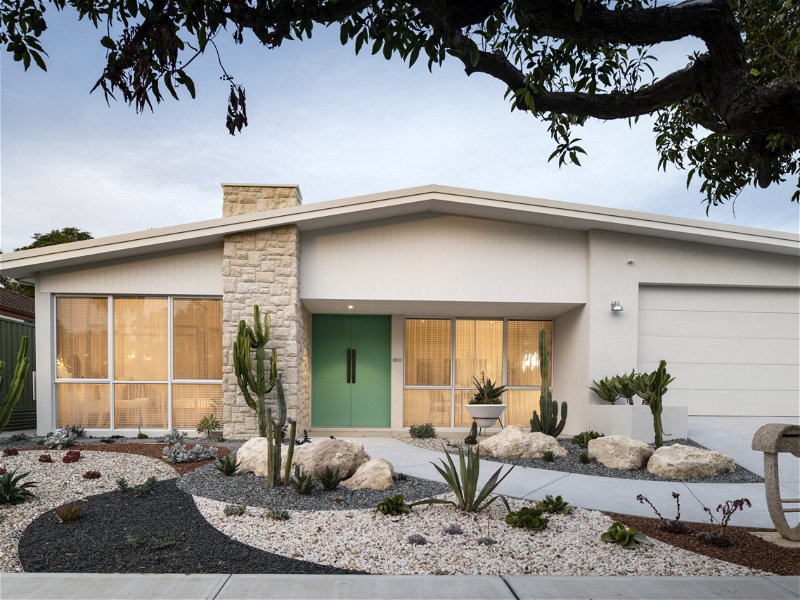Mid Century Modern
Bold, futuristic ideas of a few visionaries in the 1920s spread out around the world, eventually finding a home in the thoughtfully simple project homes of the Australian suburbs in the 1960s and 70s. Sweeping horizontal lines, elegant ‘floating’ roof shapes, expansive sections of glass, slim linear details and rendered sections in fresh white come together to create our response to the Mid-Century Modern classics.
Mid-century modern is what we now call the design movement of the mid 20th Century encompassing three decades of product design, interiors, graphic design, architecture and urban development. Post-war optimism and technological advancements coalesced into a transformative movement to redefine many notions about the way we lived, and consumed.
The movement was born from ideas that found their first shoots in early Modernism, the arts and crafts movement, then Art Deco, to the Bauhaus. That decoration and embellishments were unnecessary. That materials should be used honestly – not hidden behind layers of decoration – and sparingly, to avoid waste. That the objects in our lives – from your radio, to your entire home – should better reflect a real understanding of how we live.
Picture yourself cruising the Hollywood Hills in a classic convertible, behind sunglasses that take you back to the days of the movie stars. Relaxing in style, in sunken living rooms. Flowing from one room to the next, and leaving doors flung open to bring in the temperate coastal breezes. Sipping cocktails as we entertain around a glamourous swimming pool to the sounds of Frank Sinatra crooning the night away.
These are the images we conjure when we think of Mid-Century Modern homes. To recapture this mood, our editions simplify and strip away ornamentation, leaving a generous, light-filled canvas for you to curate with your own inspirations. Whether its vintage Featherstone lounge, or Eames chairs, or your collection of 50s movie posters.
Opt for a flat roof design with generously-sized floor-to-ceiling windows. Add a splash of mid-century colour on the walls or in the kitchen. Extend your floors all the way out to your brand-new pool, and you’re on your way to recapturing everything that made the mid-century so appealing.
Mid Century Modern Home Designs
Our clients fall in love with our interpretation of the classic design. Homes in this design fit amongst WA’s landscape so seamlessly. When we remember that the Mid-Century Modern movement was most popular in California, which enjoys similar weather to Perth, it’s easy to see why the style works so well here. Emphasising volume, light and open living spaces that draw the outside in via huge windows and glazed doors, it’s a perfect fit for our naturally clear and sunny climate.
1. What are the defining characteristics of a mid-century modern home?
Taking inspiration from design trends of the ’50s, ’60s and ’70s, mid-century modern homes are fresh and bright, typically focusing on simplicity and functionality. These spaces trend towards an integration with nature by way of courtyards, atriums and alfrescos, and feature large windows or, often, floor-to-ceiling glass panels to let in natural light.
2. Does Oswald Homes specialise in mid-century modern homes?
Yes, Oswald Homes specialise in building luxury, mid-century modern homes, as well as contemporary designs based on the mid-century aesthetic. We can customise your MCM-style home in accordance with your preferred design or construction if desired.
Oswald Homes has been designing and building luxury Mid Century Modern homes in Perth since 1972. We work hand-in-hand with a designer, an interior designer and an experienced construction team to create a one-of-a-kind home that is as individual as it is timeless.
3. What are the key design elements and features of a mid-century modern home?
The key design elements of a mid-century modern home are white walls, subtle textures and muted colours. Accent walls occasionally have a pop of colour or bold choice of wallpaper. The focus is on clean lines and a generally minimalist aesthetic, often paired with wooden accents and retro or vintage furniture. Mid-century modern home façades typically feature balconies, brick panels and sweeping lines.
4. Are mid-century modern homes energy-efficient and sustainable?
Oswald Homes prides itself on designing homes that are sustainable and energy efficient. Our mid-century modern homes incorporate passive heating and cooling design, smart lighting, wise water use, recycled materials, and eco-conscious building products.
5. Can I customise the interior and exterior of my mid-century modern home to match my preferences?
Absolutely. All of our mid-century modern designs can be customised to reflect the way you want to live. For a more bespoke solution, you might prefer an entirely custom-built home, where we work with you on every aspect with meticulous detail.
6. How does mid-century modern architecture blend with modern amenities and technologies?
A mid-century modern home can include modern amenities, such as the latest smart home technologies, contemporary kitchens and luxurious ensuites, without disrupting architectural integrity. The result is a harmonious blend of mid-century modern charm and cutting-edge living, perfect for today’s discerning homeowner.
7. Can you provide examples of completed mid-century modern home projects for inspiration?
Oswald Homes have several home designs that are striking examples of mid-century modern architecture, such as The Racquet Club and Mulholland Drive. Our custom homes include The Ellwood, which is a show-stopping example of the mid-century modern aesthetic, while The MCM and The Arcadia are fresh, modern takes on this retro style.
8. What trends are emerging in mid-century modern home design and construction?
The mid-century modern trend is experiencing a resurgence in popularity. The push for simple, bright and practical spaces has led to many adopting the mid-century modern aesthetic. We see designs taking inspiration from this retro style and infusing today’s building practices, materials and lifestyles into the homes. There is a preference for slightly more muted colours and simpler textures than more traditional mid-century homes, instead opting for brighter, lighter, timelessly elegant spaces.


